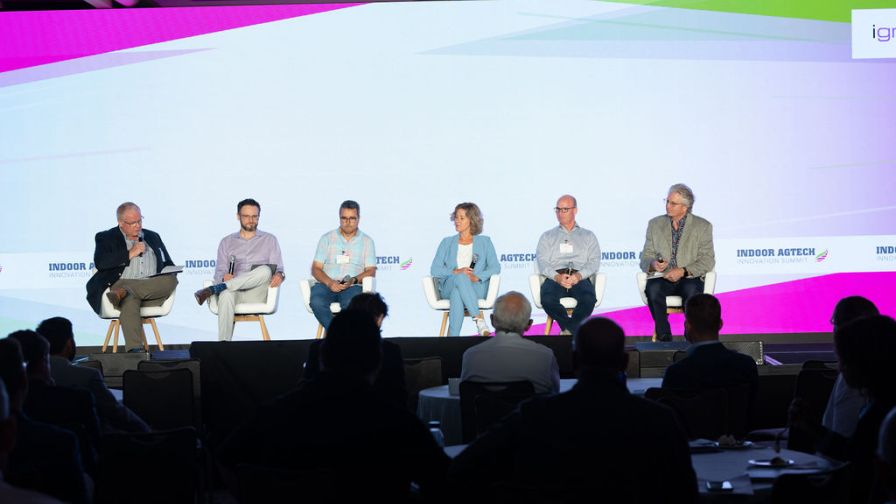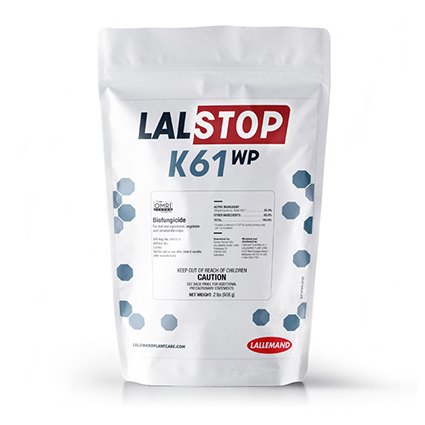How CEA Growers and Engineers Can Work Together to Improve Efficiencies

Photo: Rethink Events
In order for the controlled-environment agriculture industry to sustain long-term growth, technology engineering and innovation needs to be aligned with growers’ needs to improve plant yield and quality. This was just one of the take-home messages from a panel discussion that took place at the Indoor AgTech Innovation Summit in New York in late June.
Moderated by Ian Potter of the Vineland Research and Innovation Centre in Canada, “Aligning Growers and Engineers to Increase Yield and Quality” featured input from a diverse panel representing growers and suppliers. Panelists included:
- Matt Lingard, Senior Vice President of Agriculture & Science at BrightFarms
- Mohammed Oufattole, Chief Technology Officer at Revol Greens
- Ellis Janssen, Global Director of City Farming for Philips Horticulture LED Solutions
- Barry Murchie, CEO of Goodleaf Farms
- Jim Hole, Director of Product Science at Pure Life Carbon
Oufattole noted that emerging technology such as artificial intelligence (AI) can work, but it can also be polarizing.
“It should theoretically be easier to use for indoor growers because we can control the parameters,” he said. “But we also need to be able to match AI with how growers grow plants.”
Murchie noted that at a time of labor shortages, growers need to be able to virtually walk through their crop and find differentiations, often in a short window of time.
“We’ve looked at light recipes and intensities, for example,” Murchie said. “The big issue is that there’s a lot of technology out there, but is it really a solution?”
So how can engineers work more closely with growers? Lingard said the best approach is to make technology mundane rather than overwhelming.
“Growers need something that is simple and easy to integrate,” he said. “The best way to achieve that goal is for growers and suppliers to be constantly communicating, since we can learn from each other.”
When asked what’s missing in the grower-supplier connection, the panelists pointed to several things:
- Lingard: “The ability to minimize inputs needs to be improved.”
- Oufattole: “We need good data to make AI work. It shouldn’t run your operation, but it should inform it.”
- Janssen: “We need more openness and willingness to share information on what works and what doesn’t work.”
- Murchie: “We need a culture that fosters transparency and trust. We aren’t quite there yet, but we’re getting there.”
- Hole: “It’s important to look outside our industry for solutions. We can learn a lot from what other industries are doing.”









